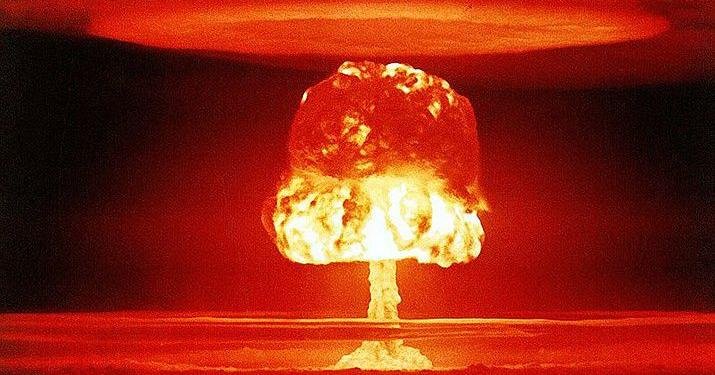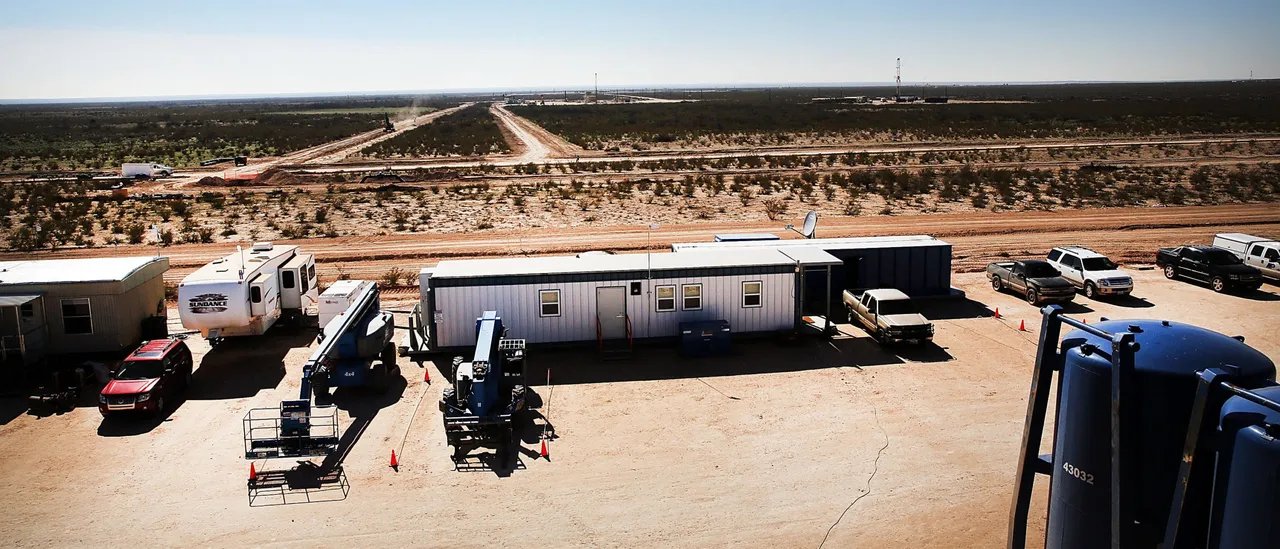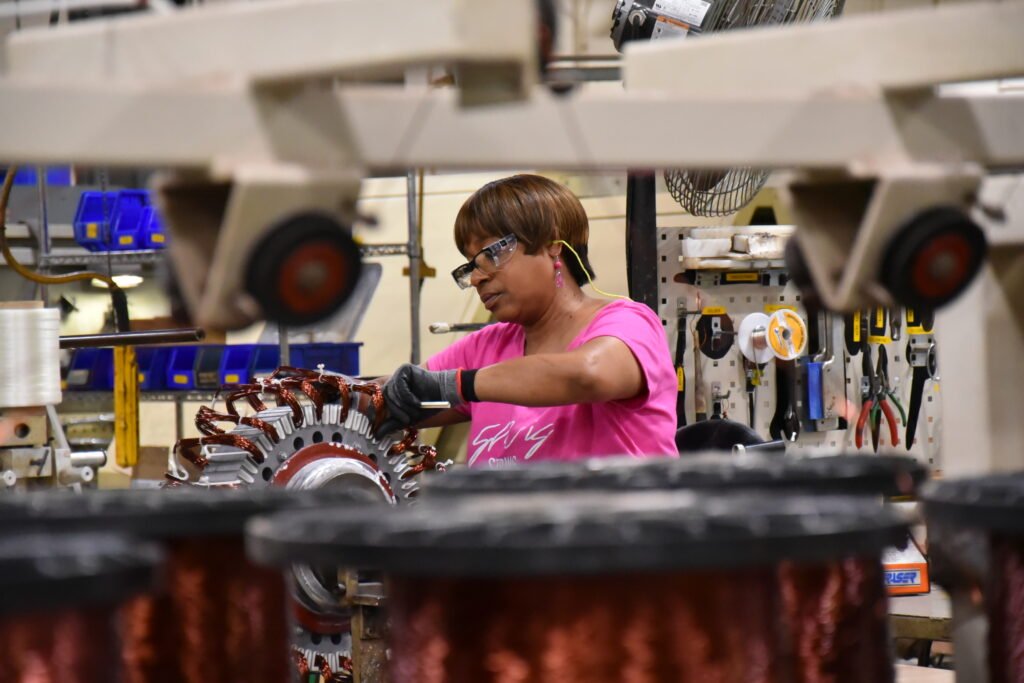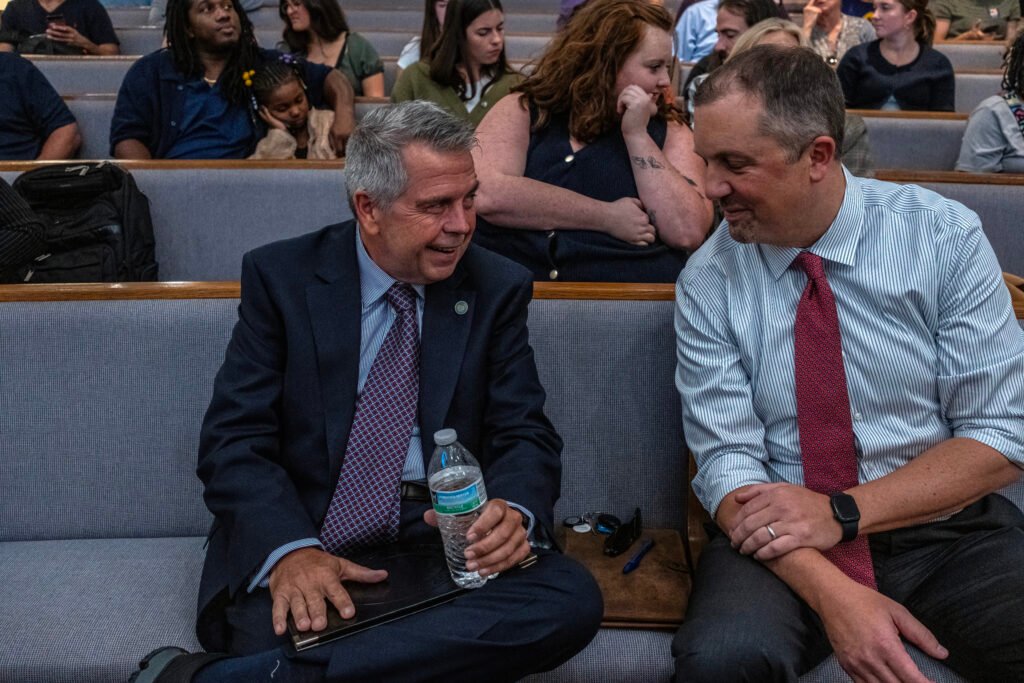A decades-old scheme to compensate people exposed to radiation from nuclear testing and uranium mining is due to expire next year without being extended, quickly closing the narrow window for those who could suffer new related illnesses.
The Radiation Exposure Compensation Act was passed in 1990 to compensate and avoid lawsuits for those who were exposed to radiation at or downwind of more than 200 above-ground nuclear weapons tests conducted by the United States between 1951 and 1962, and those who worked in the uranium industry between 1942 and 1971. The law also applies to the families of radiation victims.
Since then, the Act has undergone several revisions, most recently on June 7, 2022, when President Joe Biden signed into law the 2022 RECA Extension Act.
But even if extended to 2022, the program is due to end in 2024, despite a growing number of people being diagnosed with cancer that they claim is related to radiation exposure.
“Fortunately, we were able to get the program because if I didn’t…my selfishness and wanting to live probably would have left my wife in need,” said Howard Bunn, a downwind resident of Whitepine County.
The law covers uranium industry employees in 11 states: Washington, Oregon, Idaho, Wyoming, Dakota, Utah, Colorado, Arizona, New Mexico, and Texas, and field workers in many areas where atmospheric explosions of nuclear devices have occurred, including the Nevada Nuclear Test Site, the Pacific Test Site, the South Atlantic Test Site, and the Trinity Test Site in New Mexico.
While the program extends coverage to some downwind residents in Nevada, Arizona, and Utah, most Clark County residents are ineligible, even though they are only 105 miles from the Nevada Test Site, where the U.S. government conducted half of its ground tests.
Under RECA, uranium miners, millers and ore transporters may be eligible for $100,000 lump sum compensation. Field participants in above-ground nuclear tests may be eligible for a one-time lump-sum payment of $75,000. Downwind residents may be eligible for a lump sum payment of $50,000.
Saturday’s program featured survivors like Van, who have navigated a complex and bureaucratic process, offering advice to those still fighting for reparation and criticizing the lack of public information about the program.
Bunn, who also worked at a Nevada facility from 1979 to 1983, was quick to warn attendees that anyone who receives compensation through RECA is ineligible to apply for compensation through the Employee Occupational Illness Compensation Program Act (EOICPA). Although the EOICPA is more limited, it can cover exposure-related treatment costs.
After being diagnosed with cancer in 2018, Mr. Bang said he and his wife, Debra, worked for two years to prove they worked at the lab and were eligible to pay. In the meantime, they sold cars, used up their 401(k) savings, and maxed out their credit cards to pay for their treatment.
He said an end date of June 10, 2024 was “unthinkable.”
“I know this situation can’t last forever, but the people who were there will probably be affected until they’re gone. How can we end this situation?”
Efforts are underway in Congress to extend and expand this program.
Senator Ben Ray Lujan (D-New Mexico) and Rep. Mike Crapo (R-Idaho) introduced the Radiation Exposure Compensation Act of 2023. This will extend the program for nearly another 20 years, as well as increase prize money and expand the area affected. Nevada Democratic Senator Jackie Rosen signed on as a co-sponsor.
Arizona Republican Rep. Paul Gossar introduced the Downwinders Parity Act of 2023, which expands RECA to all areas of Clark County and Mojave County, Arizona.
Wyoming Republican Rep. Harriet Hageman introduced the Uranium Miners Act of 2023, which extends the program through 2027.
All three bills have been assigned to commission, but have not yet received public hearings.
Debra Vann, who also grew up in White Pine County, said both her sisters had multiple types of cancer and her mother-in-law had four types of cancer.
Saturday’s rally was attended by several residents who grew up together on the west side of Las Vegas and whose families worked at the Nevada Proving Grounds. Sheron Carter, whose brother and grandfather worked in the field, said she believed radiation was partly responsible for the deaths of 97 of the 232 high school graduates.
“We were born and raised here. When they honked, we knew we had to be in the house for eight or nine hours,” Carter said after the meeting. “We didn’t know more. The rest is breast cancer and lung cancer. And they don’t think we should be compensated just because we don’t work in the lab.”
Sheila Carpenter Henderson, who also grew up on the West Side, said her father died of cancer in 1983, but she first learned about it from VA records. Her mother survived her breast cancer, she said. She hired a lawyer to prove her father’s case under the EOICPA, but she said the $37,000 her family received a few years ago meant little compared to what they went through.
“I grew up without a father because of that lab,” Henderson said. “He fell into one of the pits and broke his back. He ended up having surgery on his hip, but the hospital didn’t give him anything. He had to leave here and go back south to make ends meet. So after sixth grade, I barely saw my dad. I probably saw him two more times before he died.”
Dr. Laura Shaw, UNLV instructor and principal investigator of the Nevada Radiation Exposure Screening and Education Program, said she has screened 400 to 500 patients for cancer each year through the program for the past decade. RESEP has chapters in Nevada, New Mexico, Colorado, Arizona, and Utah.
She said the tests were thorough and often revealed diagnoses not specifically included on the RECA or EOICPA lists.
“It’s difficult because you can’t always prove causation,” Shaw said. “We always find skin cancer.
As important as the current RECA program is, Shaw said, the $50,000 payment given to downwinders may not be enough for only one hospital stay, let alone long-term treatment.
“Some people need 10 courses[of chemotherapy]and each course costs between $5,000 and $10,000,” Shaw said. “[$50,000]wouldn’t even allow me to have chemotherapy if I had to pay it out-of-pocket. This may be on top of Medicare, and it may not be covered by your insurance. So these people are financially devastated.”
Nevada RESEP is operated by the UNLV School of Medicine. Anyone who believes they are at risk of radiation exposure covered by the Radiation Exposure Compensation Act can call 702-992-6887 or email nevadaresep@medicine.unlv.edu for a Nevada RESEP medical examination.
___







